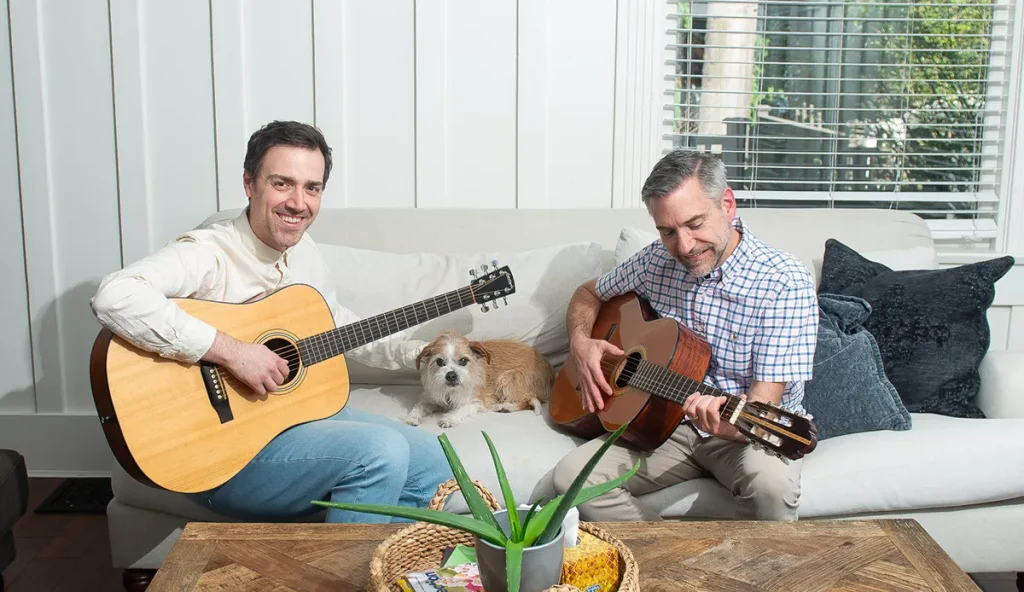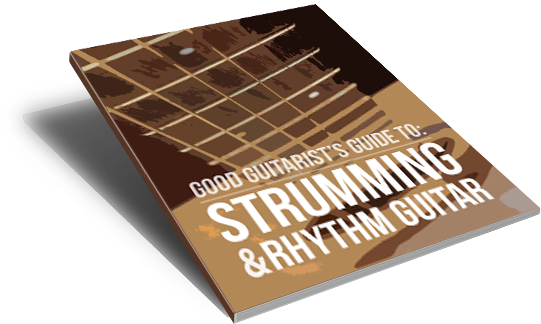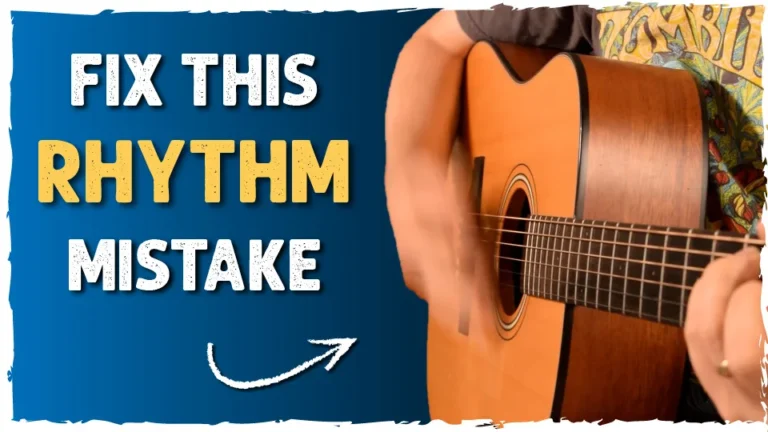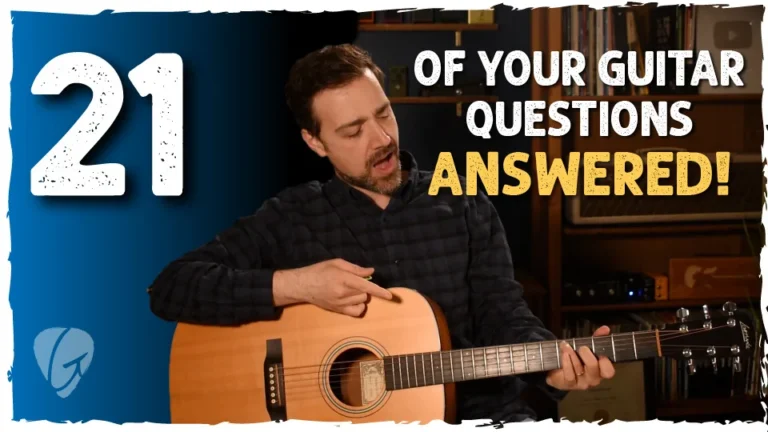Guitar Essentials: Back to Basics Series
Discover the joy of playing guitar with simple, step-by-step lessons designed to build your skills from the ground up – because every great guitarist started with the basics.
Episode 1: How to Make Learning Guitar 100x Easier
New Year, New Guitar Goals! In this lesson, I’m revealing the secrets to kickstarting your guitar journey and making learning guitar 100x easier. Whether you’re picking up a guitar for the first time or trying again after a false start, this video is packed with actionable tips to ensure success in 2025.
We’ll cover:
- The exact process for learning guitar (hint: learn smarter, not harder).
- Why progress beats perfection every time.
- How to play right – fix those bad habits before they stick.
- The underrated power of the capo.
- How to integrate guitar into your daily life so you actually stick with it.
🔥 Plus, I’ll share how to make the most of modern tools like tutorials, tabs, and online communities. Ready to crush your guitar goals this year? Let’s make it happen!
Episode 2: The #1 Beginner Mistake That Stops Guitar Progress
Dive into the critical step that can make or break your success on guitar. Did you know that 80-90% of beginners quit before playing their first song? Don’t be part of that statistic!
Here’s what we’ll cover in this video:
- Why focusing only on chords is the WRONG path for most beginners.
- The importance of rhythm and how it transforms your playing.
- The “Chord Switching Game” – my simple, effective exercise to lock your chord changes into rhythm.
- How to master switching chords during strumming, with examples like Moondance by Van Morrison.
Episode 3: Master Rhythm and Move Beyond Beginner Chords
We’re diving deeper into the journey from raw beginner to confident guitar player. Last week, we learned how critical rhythm is—and not just in strumming patterns, but in everything you do on guitar. Today, I’ll show you exactly when and how to add new chords, introduce musical feeling before complex strumming patterns, and build a solid foundation that gets you playing real songs faster.
What You’ll Learn:
- The ideal lesson progression for brand-new beginners – what to learn first and what can wait.
- How to inject feeling and dynamics into simple chord progressions using just downstrokes.
- Why understanding rhythm first makes learning strumming patterns and new chords easier down the line.
By following this step-by-step approach, you’ll avoid the common pitfalls many beginners face and set yourself up for long-term success. Ready to take your guitar playing to the next level?
Episode 4: Unlocking New Guitar Skills BEYOND Chords & Strumming
🎸 In Episode 4 of our Back to Basics series, we’re going beyond chords and strumming to help you break through roadblocks and find new ways to enjoy playing guitar. If you’ve ever felt stuck, or if you’re already progressing with chords but crave something more, this is for you!
What You’ll Learn:
- Fingerstyle Basics: Add depth to your playing by incorporating simple picking patterns (think Hallelujah and other classic tunes) right away.
- Lead Guitar Essentials: Discover how two simple shapes can unlock an entire world of expressive soloing—no fancy scales required.
- Power Chords & Fretboard Notes: Learn how understanding the fretboard enables you to play along with virtually any song using just a single finger. It’s a powerful stepping stone to more advanced techniques.
No matter your goals – being the campfire strummer, a fingerstyle virtuoso, a lead guitar hero, or anything in-between – I have resources to guide you. Check out my free crash course, dive into my premium courses on fingerstyle, lead guitar, acoustic blues, barre chords, music theory, and more. Each course is tailored to give you exactly what you need to reach your personal guitar goals.
Additional Learning Materials
Backing Track to practice the A minor pentatonic scale:
Root notes on the lowest 2 strings of the guitar:
Don’t be confused by how… crazy these look!
The first one is the “natural” notes (they’re not sharp OR flat)
The second one adds the “sharp” notes (between the natural notes)
The third one adds the “flat” notes, which take up the same frets as the sharp notes. In other words, F# = Gb. They’re the same note, but have 2 names! (Music theory is kinda confusing sometimes 😅)
For the low E string (thickest string):

For the A string (next thickest string):

All-Access Pass
Start your 10-day FREE trial
- Step-By-Step Courses
- Exclusive YouTube Bonuses
- Q&A with James






